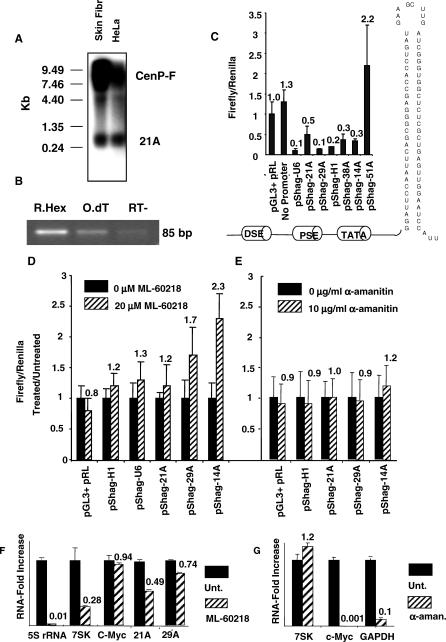Figure 2. Pol III-Dependent Synthesis of Novel Transcription Units.
(A) Northern blot analysis of human skin fibroblasts and HeLa cells. Results show two bands: the first (detected at about 300 nucleotides) being the 21A endogenous product and the second (of a very high molecular mass) representing CENP-F mRNA.
(B) 21A-specific RT-PCR amplification. As expected for nonpolyadenylated transcripts, an efficient amplification product was obtained only in the random hexamers-primed reactions.
(C) Promoter activity transfection assay. A specific luciferase-silencing hairpin is transcribed by six PSE/DSE-dependent promoter elements (11A [H1 RNA], 14A, 21A, 29A, 38A, 51A). A view of the silencing constructs including the hairpin nucleotide sequence is enclosed. The promoter region encompasses the putative pol III type 3 regulatory regions (TATA box, PSE, and DSE). pGL3 + pRL, negative control; pSHAG-U6, canonical pol III promoter; No promoter, hairpin without PSE/DSE-dependent promoter thus resulting transcriptionally inactive.
(D and E) Promoter-activity transfection assay in presence/absence of 20 μM ML-60218 cell-permeable pol III inhibitor or 10 μg/ml α-amanitin pol II–specific inhibitor. Results are reported as luciferase emission of treated versus untreated samples.
(F) Real-time RT-PCR analysis of transcript levels for 21A and 29A transcription units, two known pol III–transcribed genes (7SK and 5S rRNA), and one pol II–transcribed gene (c-Myc) in ML-60218 treated/untreated cells, as resulting after normalization of each treated sample with its untreated counterpart. All the measures were referred to a ML-60218 unaffected pol II housekeeping gene (GAPDH).
(G) Real-time RT-PCR analysis of the RNA level of two known pol II–transcribed (c-Myc and GAPDH) and one pol III–transcribed (7SK) genes in α-amanitin treated/untreated cells as resulting after normalization of each treated sample with its untreated counterpart. All the measures were referred to an α-amanitin unaffected pol III gene (5S rRNA).

